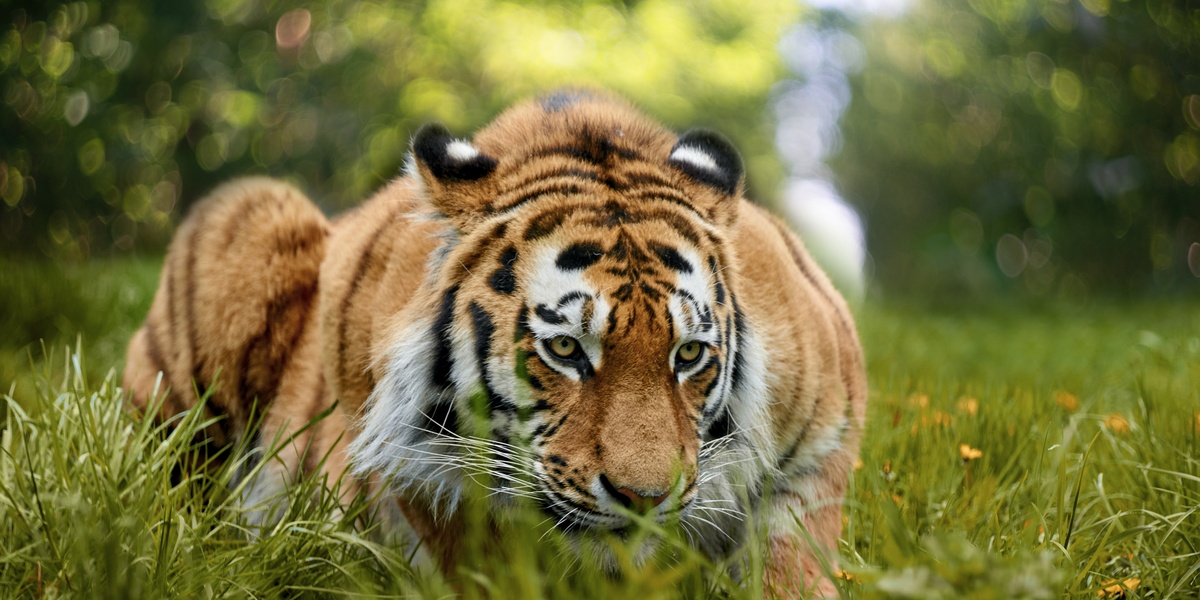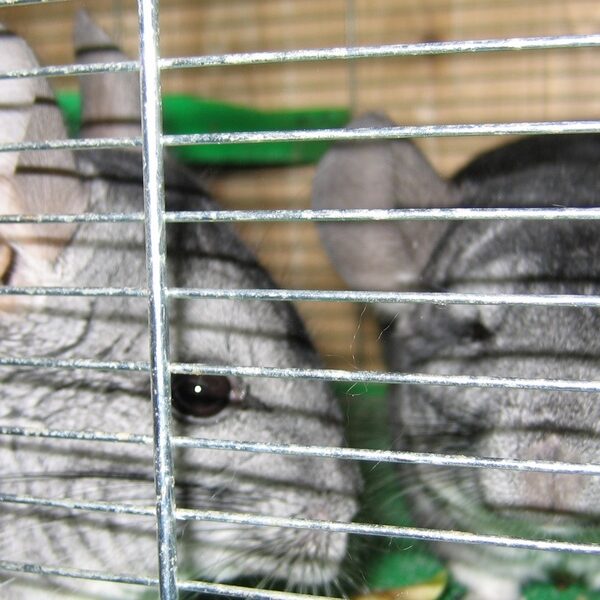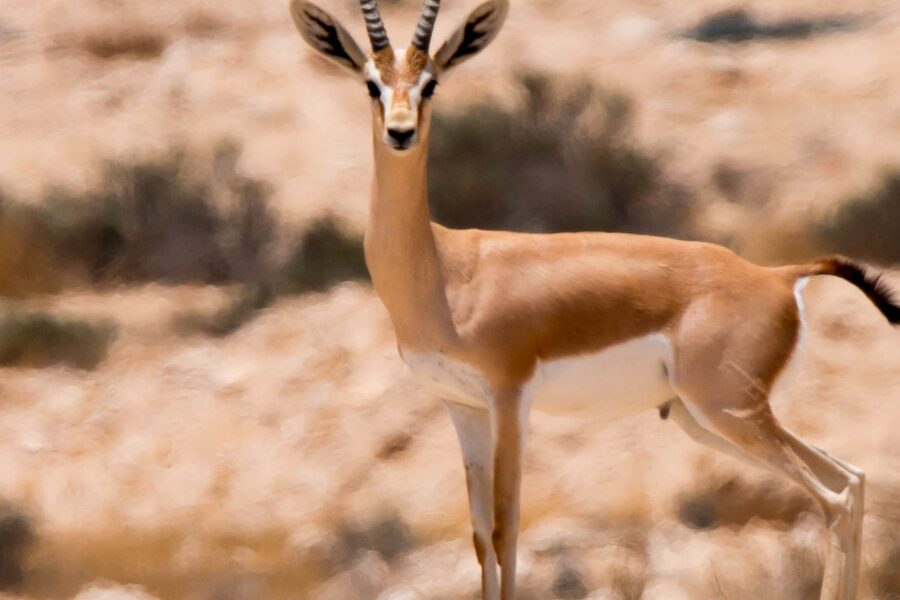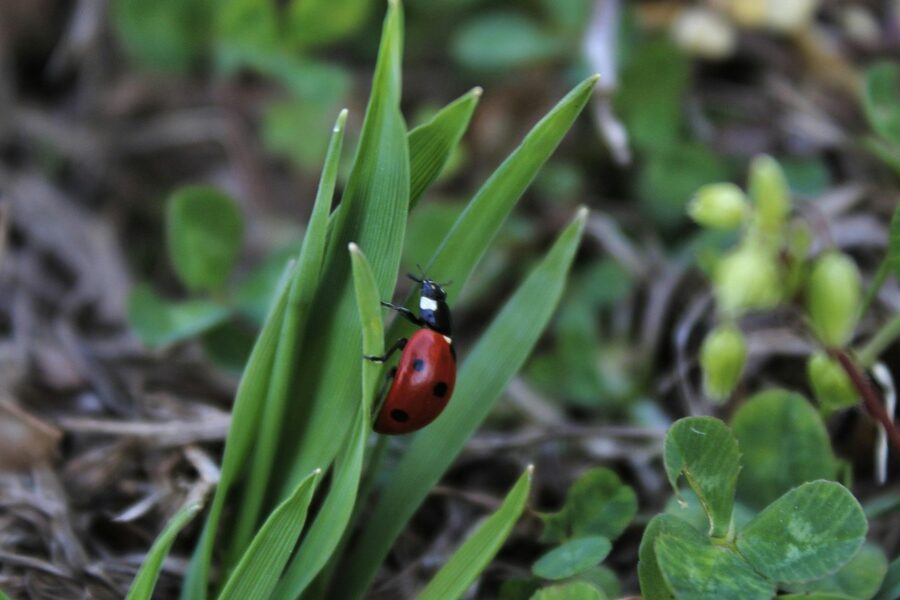Russia covers 17.1 million km² across 11 time zones and spans environments from Arctic ice to temperate steppe — a geographic sweep that supports species as different as polar bears and Amur tigers. How can a single country shelter animals adapted to polar pack ice, volcanic islands, vast boreal forests and open grasslands all at once?
That geographic range matters for science, culture and conservation. Many of these animals provide ecosystem services (predator control, seed dispersal, nutrient cycling), and several are central to Indigenous lifeways or regional economies. Conservation decisions made in Moscow, Beijing or Brussels ripple across continents, so it’s worth paying attention to these species (see sources such as IUCN, WWF or the Russian Academy of Sciences for detailed data).
This piece highlights 15 remarkable animals to illustrate the breadth of the fauna of russia and why they matter. The examples are grouped by habitat type — large mammals, Arctic and marine species, forest and steppe dwellers, and birds, endemics and mountain specialists — to show how different landscapes shape different conservation priorities.
Iconic Large Mammals
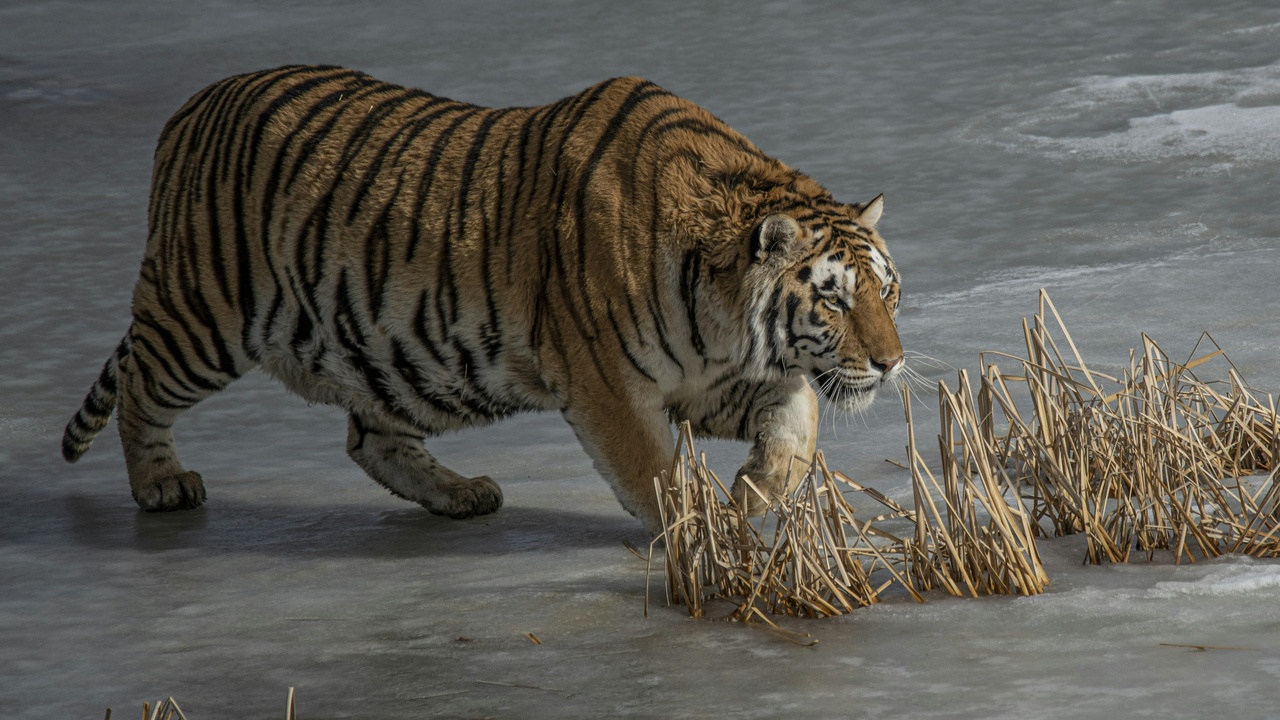
Large mammals often become conservation flagships because they need big, connected habitats and attract public attention. In Russia, species like tigers, leopards and bears map directly onto the country’s varied landscapes — from the temperate forests of the Far East to the endless taiga.
These species illustrate several themes: they’re indicators of ecosystem health, they face pressures from habitat loss and poaching, and successful conservation usually combines protected areas, anti-poaching work and community engagement. Examples include the Sikhote‑Alin landscape and Kronotsky Nature Reserve, where long-term protection and monitoring have shown real benefits for large carnivores and their prey.
Human-wildlife interactions also shape policy: corridors for population connectivity, regulated hunting, and eco-tourism all play a role in whether a population grows or declines.
1. Siberian tiger (Panthera tigris altaica)
The Amur or Siberian tiger is a symbol of Russia’s Far East, occupying larch and mixed forests where prey and cover meet. It’s a conservation icon for good reason.
Recent estimates put the wild population in the low hundreds of breeding females — roughly 500–600 mature individuals across the Russian Far East in the early 2020s (see IUCN and WWF for updated figures). That rarity fuels strong conservation focus.
Tiger protection has driven anti‑poaching patrols, camera‑trap monitoring and the creation of habitat corridors. The Sikhote‑Alin region and transboundary initiatives with China illustrate how landscapes and international cooperation matter for wide‑ranging predators.
2. Amur leopard (Panthera pardus orientalis)
The Amur leopard is among the rarest big cats on Earth and a focus of concentrated recovery efforts in Primorye and adjacent areas.
Globally, the wild population has been cited at roughly 90–100 individuals in recent years, though numbers fluctuate and require frequent verification with IUCN and regional surveys. Major threats include habitat fragmentation, illegal killing and the decline of natural prey.
Conservation responses mix captive breeding, reintroduction planning and protection of habitat corridors. Genetic management is a practical concern for such a small population, and joint projects between Russian agencies and international zoos have marked important milestones.
3. Brown bear (Ursus arctos)
Brown bears are widespread across Russia, from the Kamchatka Peninsula to European woodlands, and they figure heavily in folklore and regional identity.
Russia hosts one of the world’s largest brown bear assemblages — best described as tens of thousands rather than a single precise tally — with much higher densities in places like Kamchatka than in western regions. That abundance supports bear‑viewing tourism and subsistence hunting in different areas.
Management often focuses on reducing bear‑human conflicts, regulating hunting, and protecting key feeding and denning areas. Kronotsky Nature Reserve and similar protected areas are hotspots for long‑term research on bear ecology.
4. Moose / Eurasian elk (Alces alces)
Moose are the largest deer species in Russia and a familiar sight in boreal and mixed forests from European Russia into Siberia.
Local populations can fluctuate dramatically with food availability and hunting pressure. Moose are economically important for rural communities as a food source and for regulated sport hunting.
Ecologically, moose exert strong browse pressure on young trees, influencing forest composition. In parts of western Russia and Karelia, vehicle collisions with moose are a documented public-safety and policy concern.
Arctic and Marine Species
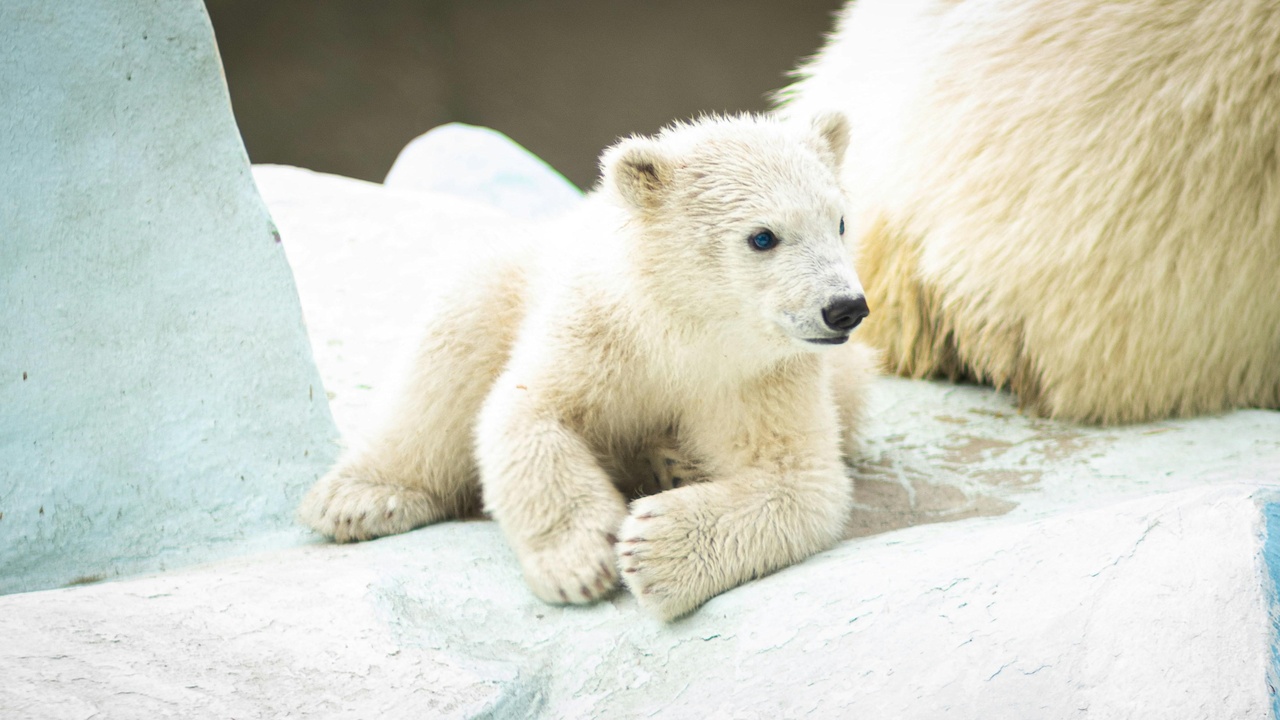
Russia’s Arctic coastline and continental shelves support a suite of animals uniquely adapted to cold water and ice. Those ecosystems are changing fast: Arctic warming has been roughly twice the global average, and September sea ice extent has declined by about 13% per decade since satellite records began in 1979 (see NSIDC, Arctic Council and NOAA assessments).
Rapid warming, plus increased shipping and oil and gas activity on the Northern Sea Route, creates new disturbance and contamination risks for marine mammals and seabirds. For Indigenous communities, these species remain central to culture and food security, which adds a social dimension to scientific conservation work.
Marine protected areas, seasonal regulations and international research cooperation are now essential tools for managing Russia’s Arctic seas.
5. Polar bear (Ursus maritimus)
Polar bears depend on sea ice for hunting seals, and Russian coasts along the Chukchi, Kara and Laptev seas support important subpopulations.
The IUCN and the Polar Bear Specialist Group have estimated a global population in the range of roughly 26,000–31,000 (assessments date to 2015 and are updated periodically). Russian Arctic bears are a significant component of that total and are closely monitored.
Changes in sea ice affect hunting success, timing of denning and human–bear interactions as bears come ashore more often. International agreements and local protocols aim to balance Indigenous subsistence, shipping safety, and bear conservation.
6. Walrus (Odobenus rosmarus) and coastal pinnipeds
Walruses congregate in large haul‑outs on northern islands and coastal shelves, where they play a role in benthic community dynamics through their foraging.
Seasonal aggregations can number in the hundreds or thousands at known haul‑out sites in the Chukchi and Laptev seas. Disturbance from ships, aircraft or coastal development can cause stampeding events, with consequences for calves and adult survival.
Researchers and Russian marine mammal groups track haul‑out counts and work with communities to reduce disturbances, especially as Arctic shipping traffic increases.
7. Arctic fox (Vulpes lagopus)
The Arctic fox is a tundra specialist known for its seasonal coat changes and tight link to lemming population cycles.
Reproductive success in Arctic foxes often tracks multi‑year lemming peaks (commonly 3–5‑year cycles). As red foxes advance northward with warming, competition and occasional predation pressure have become concerns for Arctic fox populations in parts of Western Siberia.
Because it sits near the base of tundra food webs, the Arctic fox can serve as an early indicator of broader ecosystem shifts that affect both wildlife and traditional subsistence harvests.
8. Beluga and gray whales (Arctic shelf cetaceans)
Russia’s continental shelves host seasonal aggregations of beluga and eastern populations of gray whales, with important concentrations in places like the Sea of Okhotsk and along Sakhalin’s coasts.
Seasonal sightings and local counts provide baselines for population trends, but industrial noise, vessel traffic and habitat disturbance can interfere with feeding and migration routes. Long‑term monitoring programs by Russian and international researchers help managers set seasonal restrictions and mitigation guidelines.
Protecting these cetaceans depends on balancing coastal development with science‑based spatial planning and quieting technologies for offshore operations.
Forest and Steppe Dwellers
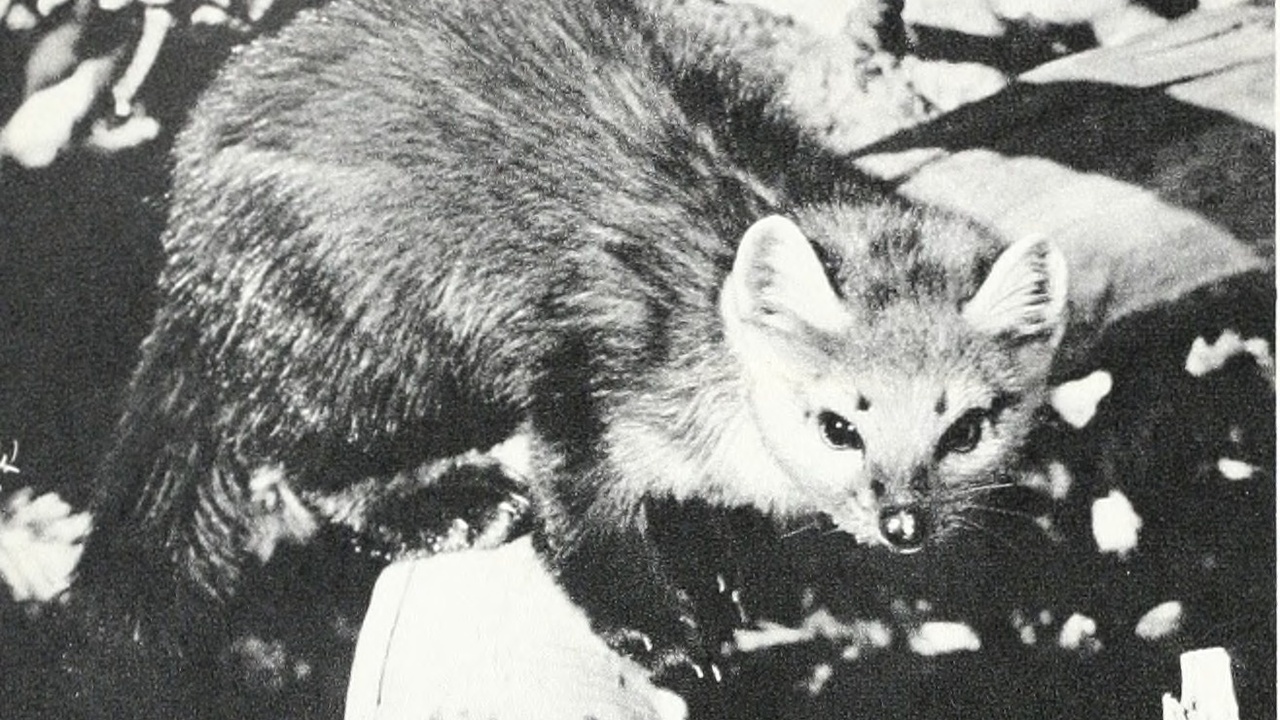
Russia’s taiga and temperate steppes support a distinctive suite of medium‑sized mammals that have shaped economies, culture and ecology for centuries. Fur trading — notably sable pelts — drove early exploration and taxation from the 16th century onward, while modern concerns focus on disease outbreaks, poaching and habitat loss.
These species are critical in food webs: herbivores shape vegetation structure, mesopredators influence small‑mammal populations, and human uses range from regulated harvest to subsistence practices. Historical exploitation led to regulation over time, and recent events (such as saiga die‑offs) show how fragile some populations remain.
Contemporary management combines legislation, community monitoring and cross‑border cooperation where migratory populations are involved.
9. Sable (Martes zibellina)
Sable is a small carnivore of the Siberian taiga whose thick fur was historically prized across Eurasia. From the 16th century, sable pelts were a major source of revenue and a driver of Russian expansion into Siberia.
Today, sable populations are monitored and harvested under regulated systems in many regions, and their abundance is often taken as a sign of relatively intact forest habitat. Sustainable management and anti‑poaching enforcement are central to keeping sable populations stable.
Conservation perspective emphasizes ecological function and history rather than glamorizing trade: sable tell us about forest continuity and the long human history of northern resources.
10. Saiga antelope (Saiga tatarica)
Saiga are steppe specialists historically present across wide grasslands; remnant and migratory populations touch parts of Russia’s southern borders and adjacent countries.
The species suffered catastrophic mass mortalities in the 2010s, most notably dramatic die‑offs in 2015 linked to bacterial outbreaks and environmental stressors. Those events underscored how disease, climate anomalies and human land use can rapidly collapse herds.
Recovery and long‑term resilience require transboundary coordination among Russia, Kazakhstan and Mongolia, plus rangeland management that supports healthy migrations and genetic exchange.
11. Siberian musk deer (Moschus moschiferus)
Musk deer inhabit dense mountain and forest undergrowth and have been targeted for their musk pods. That demand has led to poaching and population declines in parts of their range.
The species is listed under CITES and monitored by IUCN assessments; anti‑poaching, protected areas and the development of synthetic musk alternatives have been important tools to reduce pressure on wild populations.
Community‑based protection and increased law enforcement in Siberian regions help stabilize local populations where they remain vulnerable.
12. Eurasian lynx (Lynx lynx)
The Eurasian lynx is a secretive forest predator that ranges across European Russia and Siberia, preying on roe deer, hares and other medium‑sized mammals.
Where lynx recoveries have occurred, they often reflect improving prey bases and stronger law enforcement. Their presence helps regulate ungulate numbers, which can benefit forest regeneration and timber interests in the long run.
Research in reserves across European Russia has looked at lynx diet, movement and interactions with forestry, informing coexistence measures that reduce conflicts with hunters and landowners.
Birds, Endemics, and Mountain Species
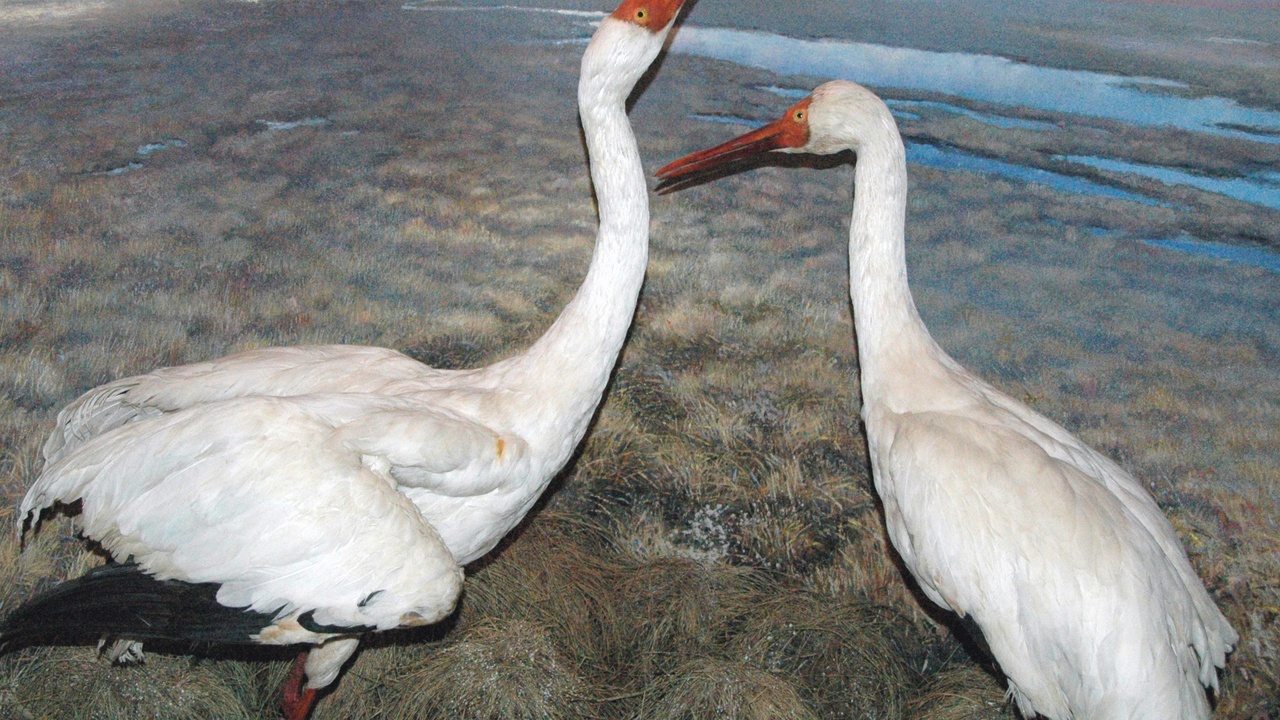
Russia’s mountains, wetlands and island chains host endemic birds and specialized mountain ungulates. Wetlands like Kandalaksha Bay are protected as Ramsar sites and serve as crucial stopovers for migratory flyways that move millions of birds each year.
Endemic species and narrowly distributed mountain animals illustrate regional uniqueness and the need for targeted conservation. Migratory corridors such as the East Asian–Australasian Flyway connect Russian breeding grounds with wintering areas across Asia, so international collaboration is essential.
Conservation here mixes habitat protection, careful tourism management and cross‑border species agreements to keep migratory and endemic populations viable.
13. Siberian crane (Leucogeranus leucogeranus)
The Siberian crane is a striking white crane with critical wetland requirements. Some populations are classified as critically endangered, and conservation depends on protecting key wetlands along migration routes.
Eastern populations have historically wintered in parts of China and Iran, while western groups breed in western Siberia. Captive‑breeding and release programs, plus international wetland protection, are central to recovery efforts.
Wetland preservation in breeding and stopover sites, combined with international coordination, remains the most effective path to stabilizing remaining populations.
14. Snow sheep / bighorn (Ovis nivicola)
Snow sheep are mountain‑adapted ungulates found in ranges such as Kamchatka, the Verkhoyansk and parts of Chukotka. They’re adapted to steep, rocky terrain and snow regimes that define alpine life.
Populations are typically localized and sensitive to habitat disturbance, climate‑driven changes in snowpack and unregulated hunting. Management often includes seasonal hunting limits and monitoring programs focused on key mountain populations.
Conservation in these ranges also supports Indigenous hunting traditions and eco‑tourism opportunities when done responsibly.
15. Steller’s sea eagle (Haliaeetus pelagicus)
Steller’s sea eagle is one of the world’s largest eagles and is native to the coastal forests and cliffs of the Russian Far East, including Sakhalin and Primorye.
Regional population estimates are in the low thousands; numbers and trends require ongoing verification by ornithological surveys. Threats include habitat loss, disturbance at nesting sites and contaminants that can accumulate in fish prey.
Birdwatching tourism around the Sea of Okhotsk and targeted nesting‑site protection have helped raise awareness and funds for conservation in the region.
Summary
- Russia’s enormous geographic sweep underpins exceptional biological diversity: Arctic specialists, taiga mammals, steppe grazers and island endemics all coexist across the country.
- Several species discussed here are globally significant or threatened — from the critically endangered Amur leopard to polar bears whose habitat is melting — and many require cross‑border cooperation and local engagement to survive.
- Conservation measures that work combine protected areas (for example Sikhote‑Alin and Kronotsky), anti‑poaching enforcement, community participation and international scientific monitoring (IUCN, Arctic Council, Ramsar partnerships).
- Anyone who wants to help can support reputable organizations (IUCN, WWF‑Russia or local NGOs), choose responsible wildlife tourism such as guided bear‑viewing in Kamchatka, and learn more about the fauna of russia and its conservation challenges.
